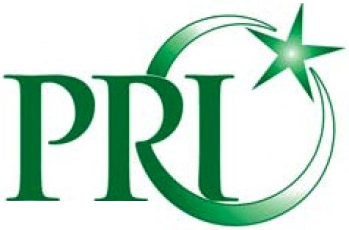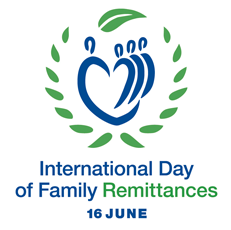Slight improvement in home remittances
Home remittances or workers’ remittances have been a key source of balance of payment support in the last few years. After registering a healthy increase in the previous year, remittances received from workers abroad again rose during the first month of FY20 but the rise was small and lower than expectations. According to the latest data released by the SBP, inflows of workers’ remittances amounted to dollar 2.039 billion in July, 2019 compared to dollar 1.982 billion received in the corresponding month of last year, depicting an increase of dollar 57 million or about 2.9 percent. The increase in home remittances was more pronounced from Saudi Arabia and the US from where remittances jumped by 7.65 percent and 14 percent to reach dollar 470.95 million and dollar 332.37 million, respectively, during July, 2019 over July, 2018. Malaysia also continued to give a healthy performance as remittances rose steeply by nearly 20 percent to dollar 160.36 million, up from dollar 140.37 million in July, 2018. Remittances from the UK, nonetheless, posted a meagre increase of 0.25 percent to stand at dollar 299.27 million as compared to dollar 298.51 million in July, 2018. On the other hand, inflows from the UAE were recorded at dollar 427.33 million, showing a fall of 4.24 percent over last year’s level of dollar 446.25 million. Figures from other GCC countries were also disappointing as inflows edged lower by 0.62 percent to dollar 198.06 million during July, 2019. Similarly, remittances from the EU fell sharply by 10.25 percent to dollar 58.30 million. However, on a monthly basis, remittances surged by 24 percent during July, 2019 over dollar 1.65 billion recorded in the previous month. This may partly be due to seasonal inflows ahead of Eid al-Adha.
Overall, a slight increase in home remittances during the first month of the current fiscal could be described as a positive development. Obviously, even a nominal increase from an unrequited source would be somewhat helpful in narrowing the C/A deficit of the country, maintaining foreign exchange reserves at the current levels, imparting stability to the exchange rate of the rupee and softening inflationary pressures. Another encouraging aspect is that remittances from Saudi Arabia have risen appreciably despite the preference of Saudi authorities to recruit local workers which must have displaced foreign workers including Pakistanis. Remittances from the US have also surged. A plausible explanation for the healthy rise in remittances from these countries could be the increasing preference of expatriates to send money through banking channels to avoid questioning or harassment from the authorities later on. A sharper increase in home remittances from Malaysia in recent months is also a very welcome development. Pakistani authorities need to thank and reach out to Malaysian authorities to offer more workers who could be trained according to the requirements of this Southeast Asian country. Credit for the continued growth in home remittances also goes to some of the schemes initiated by the present government like rationalization of M-Wallet Scheme and media/awareness campaigns launched to promote remittances through formal channels. A second “Pakistan Remittance Summit, 2019” was also held in April, 2019 in Dubai to highlight the importance of sending remittances through banking channels.
Although the latest data on remittances is not disappointing, the relevant authorities, who have been trying to attract a higher level of remittances, would not be very pleased with a slight improvement of under three percent during July, 2019. It needs to be noted, nonetheless, that there is a limit to the inflows of home remittances, depending, of course, on the number of Pakistani workers abroad, their incomes, and the amount needed to be remitted back home to maintain their families in Pakistan. As such, it is imperative that other components of the current account are also improved to strengthen the external sector position of the country. Thankfully, the present government has made concrete efforts to promote exports and minimize imports by depreciating the rupee and restricting imports by tariff measures. While it has succeeded in containing imports, exports have not grown to the desired extent so far. Hopefully, the present government would continue to strive to achieve a sustainable position in the external sector and avoid the threat of insolvency which was looming large when the PTI government took over.


